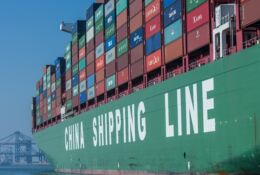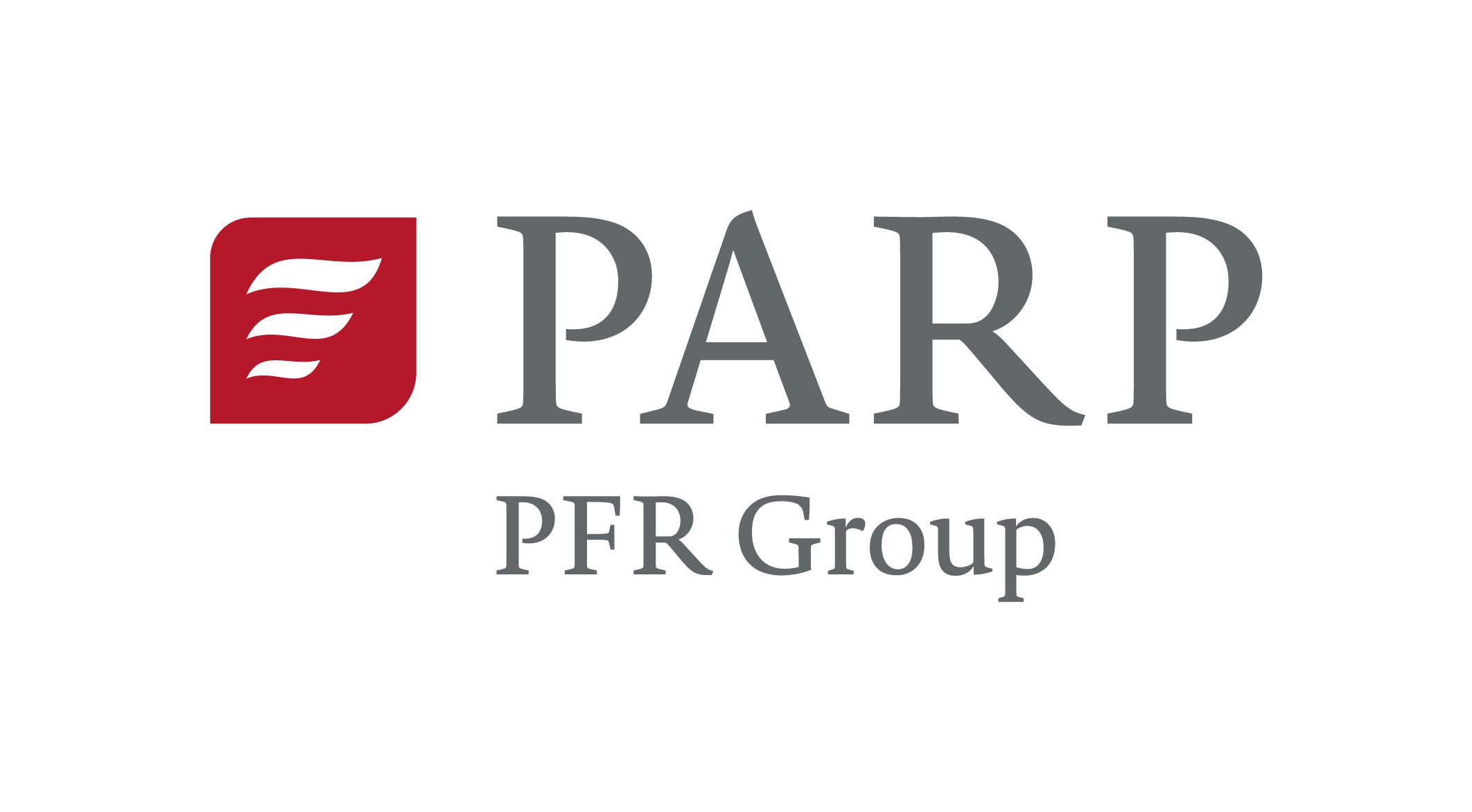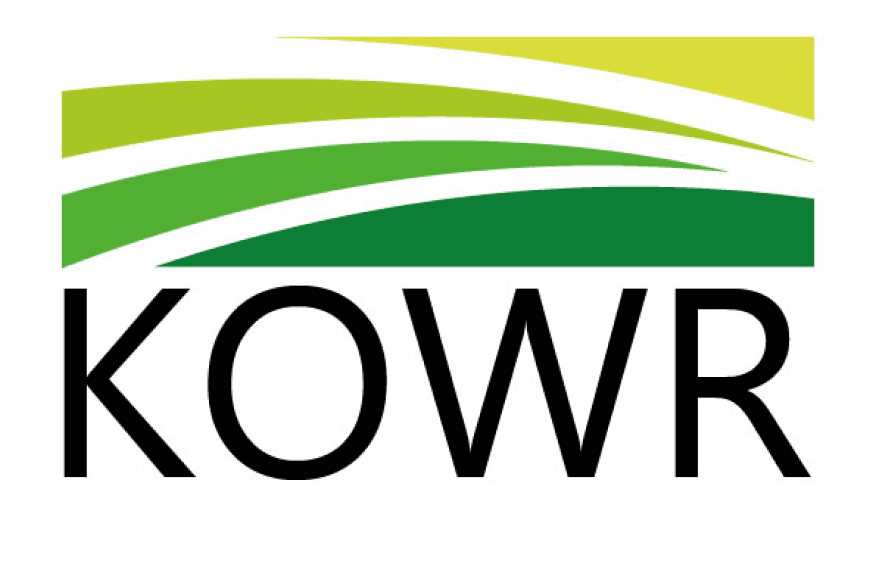The Polish chemical sector – exports drive development
23.10.2025
The Polish chemical sector is a pillar of the economy, generating 20 percent of the added value of industrial processing. The dynamic growth of exports, especially cosmetics and household chemicals, strengthens Poland’s position in the EU, although the trade deficit and energy costs remain challenges.
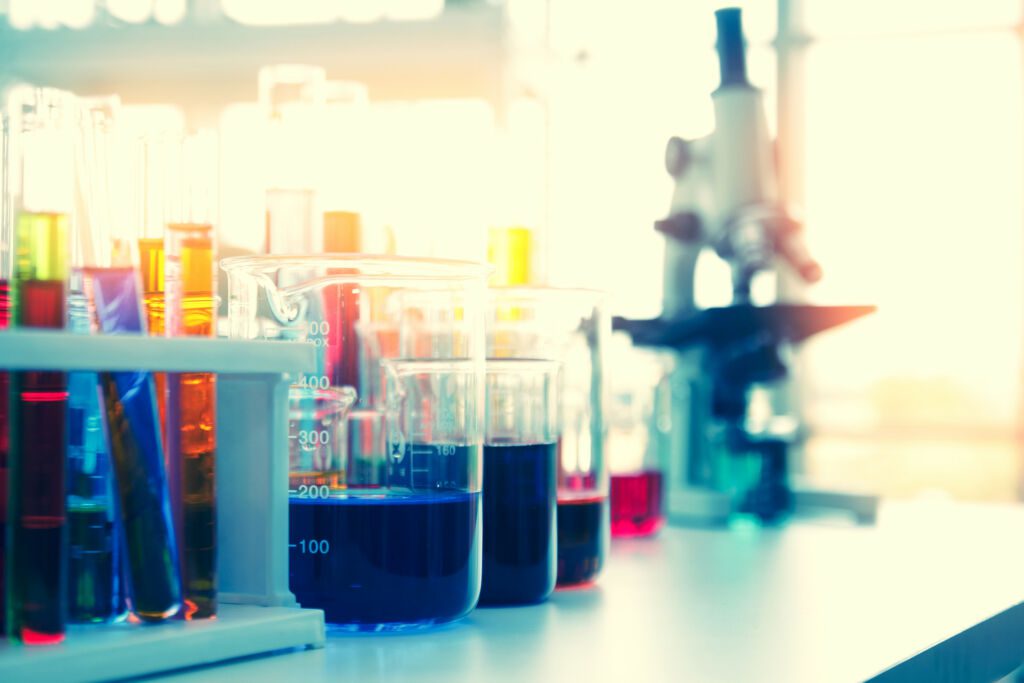
The Polish chemical sector plays a significant role in our economy – in 2024 it employed over 300,000 people and generated nearly 20 percent of the added value of industrial processing. In a narrow perspective (PKD 20 – production of chemicals and chemical products), it accounts for 5 percent of sold production, ranking seventh among the processing industries. In a broader perspective – including plastics, rubber products, fertilizers, refinery products and pharmaceuticals – it is becoming a leader in the sector. Its driving force is exports, especially in the segment of consumer chemicals, such as cosmetics and detergents.
The Sector’s structure: specialization in consumer chemicals
The Polish chemical sector specialises in consumer chemicals, which in 2023 accounted for 22 percent of the production value (PKD 20), compared to 15 percent of the EU average. Cosmetics, detergents and household chemicals are areas in which Poland is a regional leader. The other segments are:
- basic chemicals – 19 percent,
- plastics in primary forms – 17 percent,
- paints and varnishes – 10 percent,
- fertilizers and plant protection products – 11 percent.
Bank Pekao’s data shows that in 2019-2023, the production of cosmetics grew at a rate of 14percent per year, and household chemicals – 10 percent. These segments have shown resilience to the economic downturn, unlike bulk chemicals such as fertilizers (-36 percent) or basic chemicals (-32 percent), which have suffered from high energy costs.
The chemical sector is also a leader in environmental investments, accounting for more than 20percent of processing expenditures on green installations in 2024, reflecting the adaptation to EU regulations.
Exports: the driving engine of the chemical sector’s growth
Exports are an important driver of the Polish chemical sector. In 2024, its value increased by 15 percent compared to 2021 and by 53 percent compared to 2019. This increase was mainly due to the price effect – in volume terms, exports increased by 15percent from 2019. The most dynamic export segments are:
- cosmetics and household chemicals – growth of 36percent between 2021 and 2024, with a 9.2percent share in intra-EU trade in 2024, especially in Central and Northern Europe;
- pesticides and agrochemicals – up 47percent, driven by demand in Central and Eastern Europe;
- paints and varnishes – up 12percent, supported by the construction and industrial sectors in the EU.
Bulk chemicals, including fertilizers (-10percent) and plastics (-1 percent), have seen exports stagnate or decline due to competition from non-EU markets. Poland increased its share in the EU’s trade in chemicals from 4.2 percent in 2021 to 4.5 percent in 2024, especially in pesticides (+1.4 percentage points) and cosmetics (+0.3 percentage points).
Trade balance: the problem of the deficit
Despite its export successes, the chemical sector is struggling with a trade deficit that exceeded €14 billion in 2024, placing Poland in second place in the EU after Italy. The main causes are:
- import of plastics in primary forms, key for the packaging and automotive industries;
- dependence on imports of basic chemicals from Germany, Belgium and Asia;
- imports of fertilizers and plant protection products, despite domestic production.
Poland achieves a trade surplus in cosmetics and household chemicals. The trade deficit grew by €1.5-2 billion annually between 2019 and 2024, which is due to growing domestic demand and the lack of a raw material base.
Financial health: mixed results
In 2024, the net profitability of the chemical sector (PKD 20) fell to 3.6 percent from 8.6 percent in 2021. The most profitable segments are:
- paints and varnishes – 8.7 percent,
- household chemicals – 7.0 percent,
- cosmetics – 6.5 percent.
The weakest results were recorded in fertilizers (-8.7 percent) and organic chemicals (3.1 percent). In 2024, one in five chemical companies incurred losses, especially in fertilizers (41percent). The sector’s liquidity remains stable (CR 1.53), but the investment rate fell to 115percent in 2024 from 190percent in 2022.
Challenges and opportunities for exporters
The Polish chemical sector is facing challenges that may affect its exports:
- energy costs – high gas prices reduce the competitiveness of mass chemicals;
- environmental regulations – the CBAM mechanism increases costs, but opens up opportunities for investment in green technologies;
- trade deficit – investments in the synthesis of chemicals can reduce import dependency;
- low level of R&D – more research expenditure would increase innovation.
The outlook is optimistic thanks to the forecast growth of Poland’s GDP in 2025-2026 and the recovery in the Eurozone. Infrastructure megaprojects such as the CPK can drive demand for paints and inorganic chemicals.
Sources:
- Bank Pekao – W poszukiwaniu „zielonego środka”. Aktualna sytuacja, wyzwania i perspektywy sektora chemicznego w Polsce
- European Commission, Industry and the Green Deal
- European Commision, Carbon Border Adjustment Mechanism
Translated by IDC
AK
- Everything
- News (304)
- Events (173)
- Get Support (83)
- Polish companies (1292)
-

ZYGMUNT STOLARZ DEKOR – PRZEDSIĘBIORSTWO USŁUGOWO- HANDLOWE BUDOWNICTWA
Renovation and construction materialsMachinery and parts thereofIndustrial machinery and mechanical appliances and parts thereofMeasuring instruments and apparatus and parts thereofAgricultural machinery and parts thereofOther instruments and apparatusElectromechanical appliances and parts thereofOther goodsShow allShow more Show lessProduction company. Machines and unique tools for concrete plants and companies making concrete floors Our flagship products include dispersed reinforcement dispensers, concrete trowels (11 types), concrete grinders, fans for removing dust and fumes, unpleasant odors and for transporting bulk materials (with electronic speed regulation). We have been working for over 40 years. We ship worldwide. Our prices are available on the company website www.dekor.poznan.pl

Globeconn Ltd
Show more Show lessPolish Innovation | East Africa | Joint Venture I am Polish and have lived and operated in Kenya (Mombasa) for 16 years. I have a functioning office on site, local operational support, and experience working with Kenyan partners. I am looking for Polish companies that: produce their own innovative products or possess their own unique technology, and are interested in expanding into the African market, particularly Kenya, by establishing a joint venture with a local partner.

ELTE SMART SPÓŁKA Z OGRANICZONĄ ODPOWIEDZIALNOŚCIĄ
IT and TelecommunicationIT and telecommunication equipmentIndustrial machinery and mechanical appliances and parts thereofElectromechanical appliances and parts thereofShow allShow more Show lessELTE Group has extensive experience in developing and implementing ICT systems for companies in various industries and local government units. Our solutions support and monitor the processes of service provision, optimize the use of resources, and improve transportation and communication logistics. We help companies digitize their processes. For more than 20 years, we have proudly provided solutions to customers around the world.

GlobCargo Sp. z o.o.
Other goodsShow allShow more Show lessGlobCargo sp. z o.o. specializes in waste management across Poland and the entire EU, directing waste to recycling or lawful disposal. We operate in full regulatory compliance, and thanks to our experience and industry expertise we support clients in complex projects—from needs analysis through to final settlement.
-
 Event
EventSolar Energy Expo 2026
Solar Energy Expo is Poland’s largest renewable energy industry trade fair
 Event
EventPolish Logistics Day
The Embassy of the Republic of Poland in Prague cordially invites you to participate in the “Polish …
-
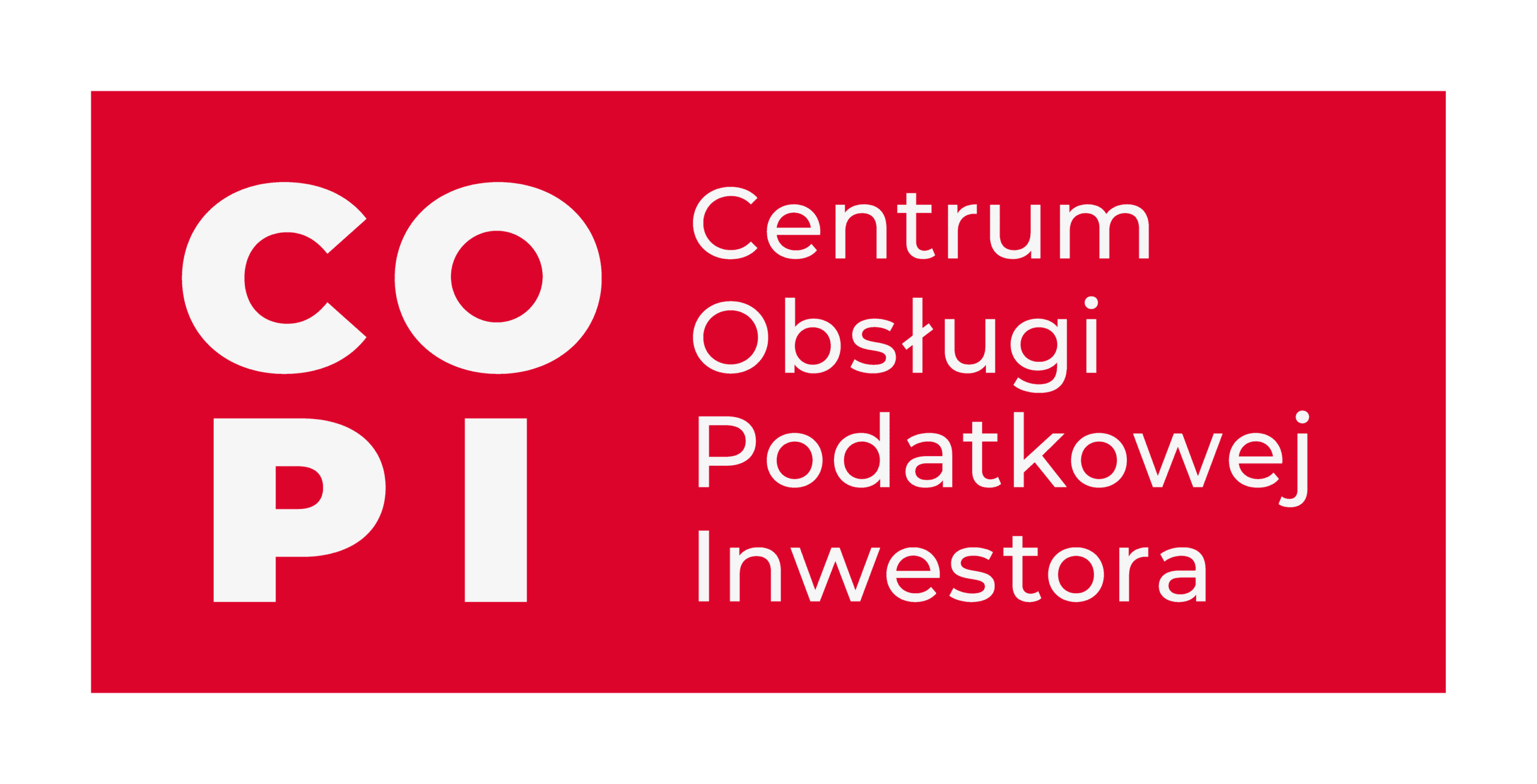 Institution
InstitutionThe Investor Tax Service Center
The Investor Tax Service Center is a unit operating within the Ministry of Finance
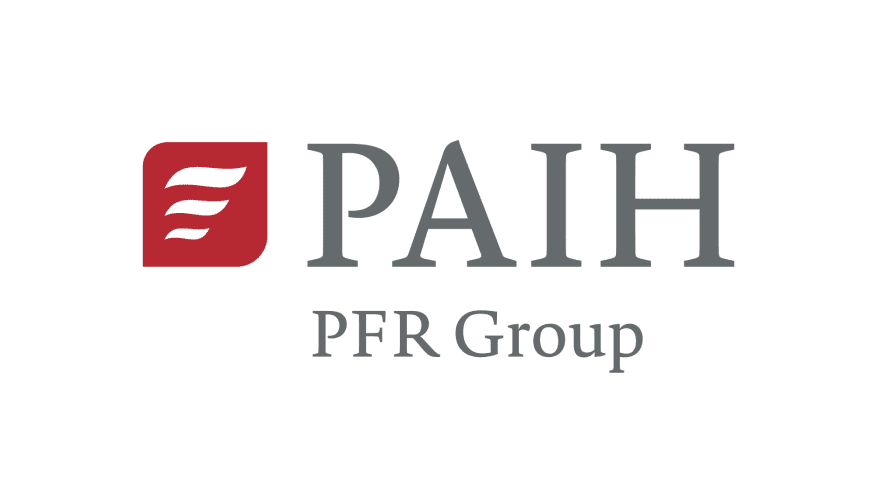 Institution
InstitutionPolish Investment and Trade Agency (PAIH)
The Polish Investment and Trade Agency (PAIH) is the partner of first-resort for entrepreneurs when …
-

ZYGMUNT STOLARZ DEKOR – PRZEDSIĘBIORSTWO USŁUGOWO- HANDLOWE BUDOWNICTWA
Renovation and construction materialsMachinery and parts thereofIndustrial machinery and mechanical appliances and parts thereofMeasuring instruments and apparatus and parts thereofAgricultural machinery and parts thereofOther instruments and apparatusElectromechanical appliances and parts thereofOther goodsShow allShow more Show lessProduction company. Machines and unique tools for concrete plants and companies making concrete floors Our flagship products include dispersed reinforcement dispensers, concrete trowels (11 types), concrete grinders, fans for removing dust and fumes, unpleasant odors and for transporting bulk materials (with electronic speed regulation). We have been working for over 40 years. We ship worldwide. Our prices are available on the company website www.dekor.poznan.pl

Globeconn Ltd
Show more Show lessPolish Innovation | East Africa | Joint Venture I am Polish and have lived and operated in Kenya (Mombasa) for 16 years. I have a functioning office on site, local operational support, and experience working with Kenyan partners. I am looking for Polish companies that: produce their own innovative products or possess their own unique technology, and are interested in expanding into the African market, particularly Kenya, by establishing a joint venture with a local partner.

ELTE SMART SPÓŁKA Z OGRANICZONĄ ODPOWIEDZIALNOŚCIĄ
IT and TelecommunicationIT and telecommunication equipmentIndustrial machinery and mechanical appliances and parts thereofElectromechanical appliances and parts thereofShow allShow more Show lessELTE Group has extensive experience in developing and implementing ICT systems for companies in various industries and local government units. Our solutions support and monitor the processes of service provision, optimize the use of resources, and improve transportation and communication logistics. We help companies digitize their processes. For more than 20 years, we have proudly provided solutions to customers around the world.

GlobCargo Sp. z o.o.
Other goodsShow allShow more Show lessGlobCargo sp. z o.o. specializes in waste management across Poland and the entire EU, directing waste to recycling or lawful disposal. We operate in full regulatory compliance, and thanks to our experience and industry expertise we support clients in complex projects—from needs analysis through to final settlement.
The Export Promotion Portal uses cookies to make it easier for users to use the website and for statistical purposes. If you do not block these files, you agree to their use and saving in the memory of your computer or other device. Remember that you can change your browser settings to block the storage of cookies. More information can be found in Privacy Policy and Terms and conditions.

